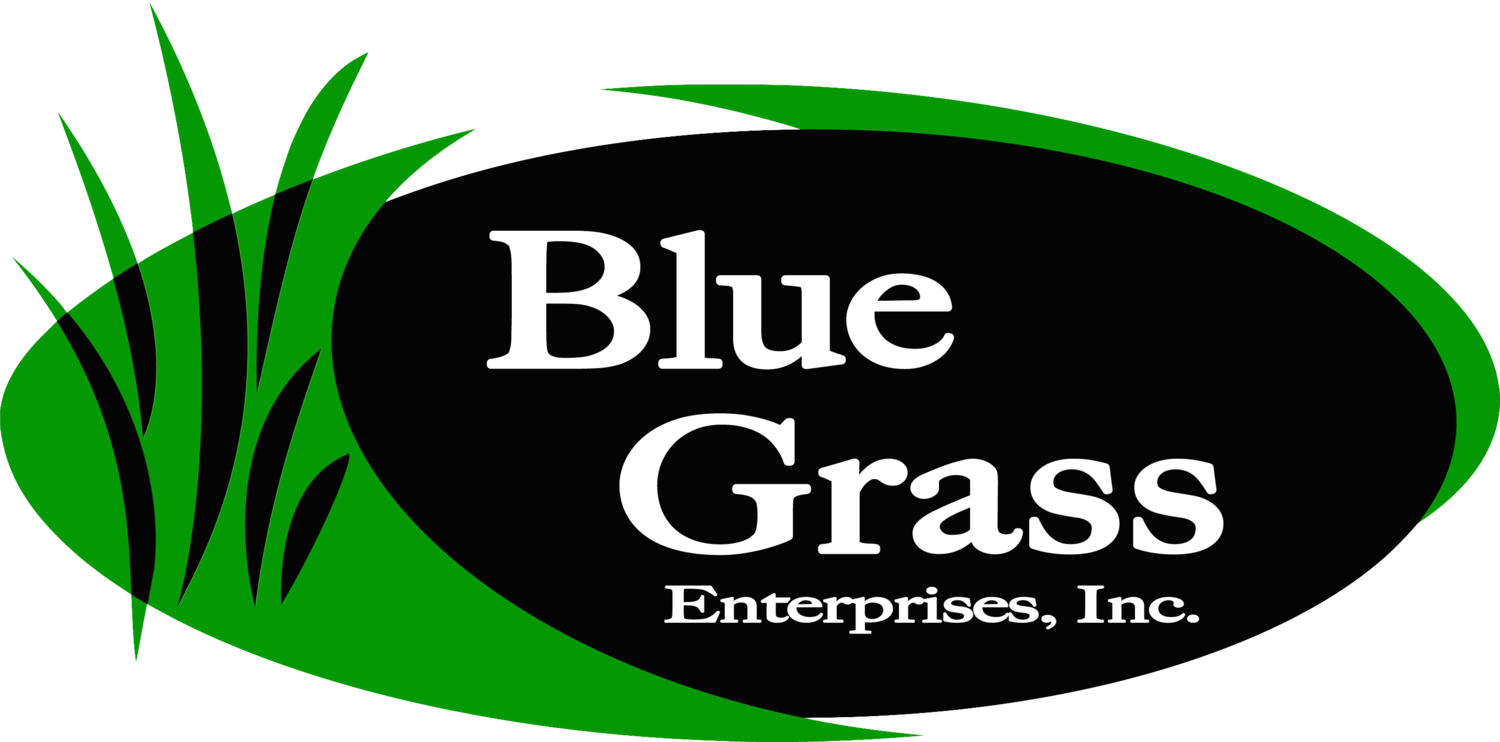Droughts in Iowa are par for the course in recent years
Last night, I received this notification (see image) regarding a watering ban for lawns in Central Iowa.
Let’s be clear, folks. I am not here to argue that it is more important to water lawns than to have enough drinking water for people during a time of drought. If rationing water is what the city of Des Moines needs to do in order to keep people safe, then absolutely do it. People are important.
That said, this notification was a good reminder for me as a sod farmer to help offer some timely guidance on what to do to help prepare your lawn to limp along during a drought, because even though we are in our fourth year of moisture deficit in Iowa now, it still doesn’t look like we will have reliable rains any time soon. So why not be prepared for what might be coming?
What can I do to help reduce drought stress in my lawn before a drought becomes super intense?
There are many things you can do to help reduce drought stress in your lawn through the hot (and often dry) summer months. Check out this article on summer lawn strategies to brush up on your summer lawncare skills. For more information on watering techniques, read this article.
“I’m just going to let my lawn go dormant.”
Perhaps I’m just not a shrewd enough business person, but when people announce they will let their lawns go dormant during a drought, I cringe. Maybe I should be happy because these are the same people who will have to talk to me in another year about resodding or reseeding their lawn that (unsurprisingly) didn’t recover from an extreme drought? But no. Genuinely, it’s a super big bummer when someone’s lack of understanding about the limits of plants leads to a big, and sometimes costly, project on the other side to repair the mistake.
So what are the limits of my Iowa lawn during a drought?
It is important to remember every living thing has a threshold between dormancy and death. Depending on several variables, that threshold is in a different place for every property.
For example, if you have an older, established lawn (think 15 years+), you will likely notice that your lawn is capable of weathering (pun intended) more drought stress than younger lawns. This is because your plants have had time to establish longer root systems, giving them access to moisture at lower soil profiles. Yay for you, you lucky ducks!
If you are one of those lucky ducks who has an older established lawn (15+ years), and you aren’t planning to or capable of irrigating the property during a time of prolonged drought, we would say water your lawn with a DEEP watering at least once every 4-6 weeks. By deep, we mean an inch (or more, if you can do it, at a time).
A single long watering isn't going to automatically give you a thick, lush yard. It will help those plants hunker down again and hang in there for another month of inadequate moisture. Providing this single deep watering during a prolonged period of drought might be the difference between a lawn that limps back from injury once rains return from a lawn that is completely and utterly lost.
What if I have a younger lawn?
If you have a younger lawn, your timetable between this deep and meaningful watering event is much shorter because of the shorter root zone you are working with. Try to use your best judgment to ensure the plants can limp along, without passing the point of no return. There are so many factors that will influence our advice on this, such as the age of the lawn, how often you have been aerating in the previous seasons, what the lawn looks like in that moment, how much shade impacts the area, how much slope impacts the speed of water moving across the surface of the yard, and on and on and on…
But the short of it is, we all need to remember that we are working with a living thing that cannot recover from death. Do the best you can to help; don’t just assume it will magically recover from a prolonged drought if you do nothing.
Once moisture returns or watering restrictions are lifted, be sure to grab a feeding or two of 13-13-13 from our Office (319-842-2165) to help give your grass the food it needs to recover from the excessive stress of the drought.
How do I help my lawn recover on the other side of the drought?
This article goes into great detail of how to revive your lawn once rains have returned.
Is there anything else that can be done?
Yes. Pray for rain. Over and over again.


